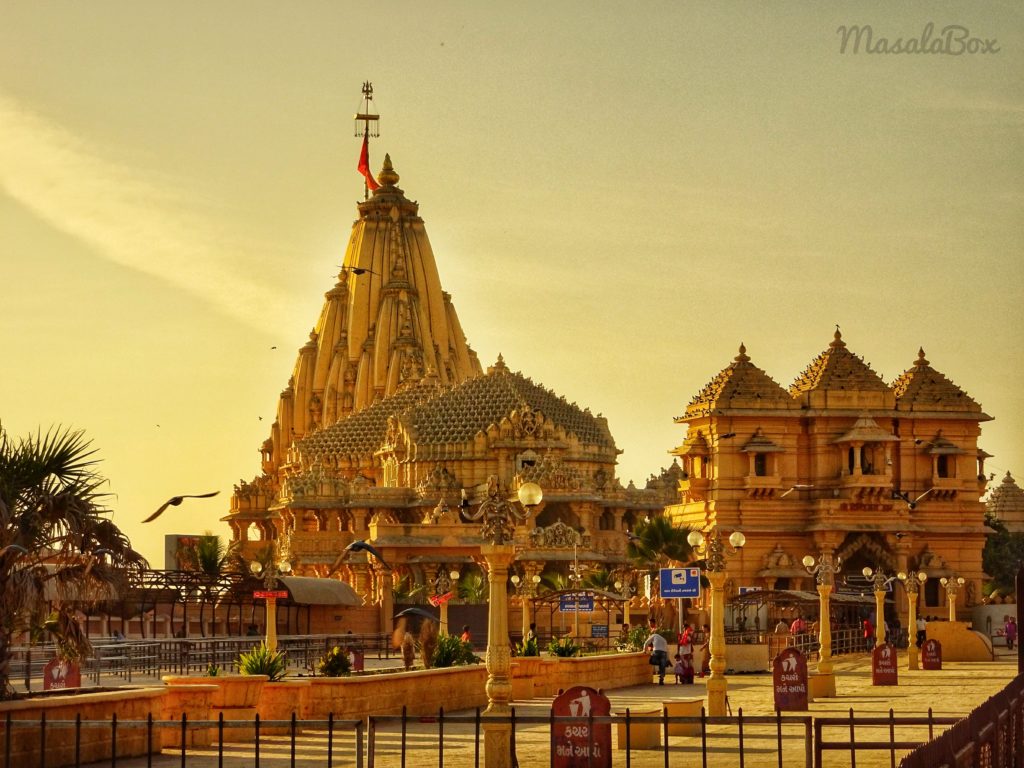- The opening of the Ram temple at Ayodhya on January 22, 2024, has prompted debate regarding the relationship between politics and religion in India.
- In this historical examination, we look at the lesser-known characteristics of another famous temple, the Somnath Temple, to better appreciate its complicated historical context and the British effect on its reputation.
Somnath, till 1947
- Historical significance: Somnath, located near Prabhas Patan, Veraval, Gujarat, is a sacred Hindu pilgrimage place.
- Temple Legacy: The temple is renowned as the “holy place of the First Aadi Jyotirling Shree Somnath Mahadev” and is religiously significant.
- Maratha Queen’s Effort In 1782, Maratha queen Ahalyabai Holkar constructed a tiny temple on the site, but the original’s splendour was not restored.
Somnath’s Decline
- Historical Attacks: The temple has been attacked multiple times throughout history, including a disastrous invasion by Mahmud of Ghazni in 1026 CE.
- Diverse monarchs: While some Muslim monarchs, such as Akbar in the sixteenth century, authorised temple worship, others, like Aurangzeb in 1706, ordered its demolition.
- Historian Abul Fazl referred to Mahmud of Ghazni’s attack as “the plunder of the virtuous,” emphasising the temple’s significance.
- British Intervention: During an expedition to Afghanistan in 1842, British Governor General Lord Ellenborough used the “gates of Somnath” to avenge an affront.
After Independence:
- The Nawab of Junagadh sought to accede to Pakistan, causing instability.
- Sardar Vallabhbhai Patel’s Decision: On November 12, 1947, Patel announced the reconstruction of Somnath, which was approved by the Union Cabinet.
- Mahatma Gandhi’s Suggestion: Gandhi advocated that the temple’s finance come from the public, which resulted in the formation of a Trust under K M Munshi.
Nehru’s Opposition to Inauguration
- Political Implications: Nehru opposed President Rajendra Prasad’s attendance in the temple’s grand opening.
- Concerns about Secularism: Nehru raised worries about the government’s participation in an event that may have political and revivalist overtones.
- Financial Concerns: He criticised the Saurashtra government’s involvement in the event, citing austerity measures and economic concerns.
- Secular State: Nehru emphasised the need of India becoming a secular state that does not participate in religious ceremonies.
- Opposition to External Affairs Circular: He protested to a circular asking water, soil, and twigs from other nations for the event.
Source: https://girsomnath.nic.in/about-district/history/

